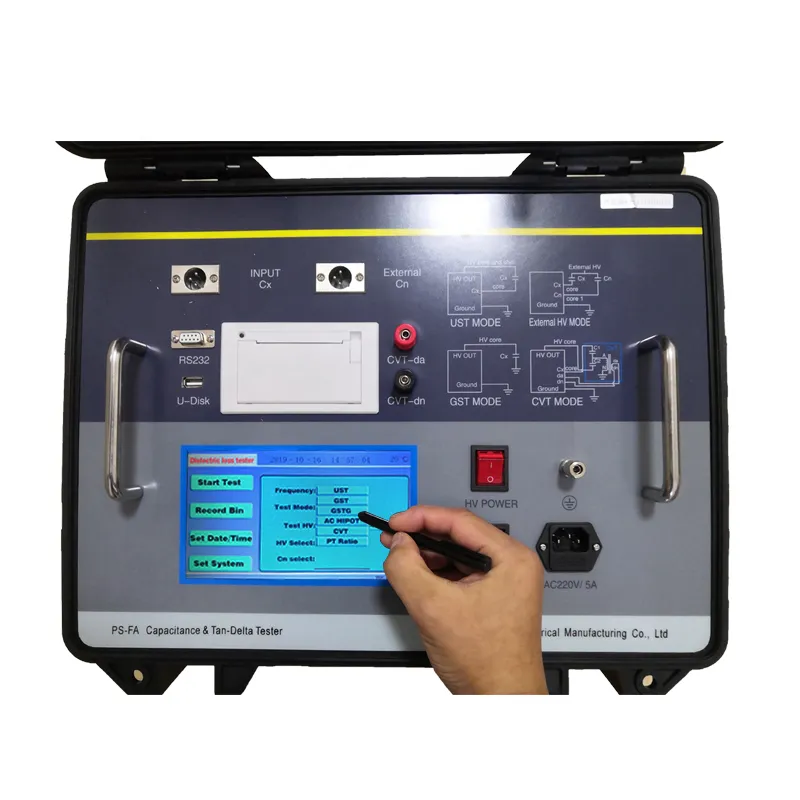 English
English



-
 Afrikaans
Afrikaans -
 Albanian
Albanian -
 Amharic
Amharic -
 Arabic
Arabic -
 Armenian
Armenian -
 Azerbaijani
Azerbaijani -
 Basque
Basque -
 Belarusian
Belarusian -
 Bengali
Bengali -
 Bosnian
Bosnian -
 Bulgarian
Bulgarian -
 Catalan
Catalan -
 Cebuano
Cebuano -
 China
China -
 China (Taiwan)
China (Taiwan) -
 Corsican
Corsican -
 Croatian
Croatian -
 Czech
Czech -
 Danish
Danish -
 Dutch
Dutch -
 English
English -
 Esperanto
Esperanto -
 Estonian
Estonian -
 Finnish
Finnish -
 French
French -
 Frisian
Frisian -
 Galician
Galician -
 Georgian
Georgian -
 German
German -
 Greek
Greek -
 Gujarati
Gujarati -
 Haitian Creole
Haitian Creole -
 hausa
hausa -
 hawaiian
hawaiian -
 Hebrew
Hebrew -
 Hindi
Hindi -
 Miao
Miao -
 Hungarian
Hungarian -
 Icelandic
Icelandic -
 igbo
igbo -
 Indonesian
Indonesian -
 irish
irish -
 Italian
Italian -
 Japanese
Japanese -
 Javanese
Javanese -
 Kannada
Kannada -
 kazakh
kazakh -
 Khmer
Khmer -
 Rwandese
Rwandese -
 Korean
Korean -
 Kurdish
Kurdish -
 Kyrgyz
Kyrgyz -
 Lao
Lao -
 Latin
Latin -
 Latvian
Latvian -
 Lithuanian
Lithuanian -
 Luxembourgish
Luxembourgish -
 Macedonian
Macedonian -
 Malgashi
Malgashi -
 Malay
Malay -
 Malayalam
Malayalam -
 Maltese
Maltese -
 Maori
Maori -
 Marathi
Marathi -
 Mongolian
Mongolian -
 Myanmar
Myanmar -
 Nepali
Nepali -
 Norwegian
Norwegian -
 Norwegian
Norwegian -
 Occitan
Occitan -
 Pashto
Pashto -
 Persian
Persian -
 Polish
Polish -
 Portuguese
Portuguese -
 Punjabi
Punjabi -
 Romanian
Romanian -
 Russian
Russian -
 Samoan
Samoan -
 Scottish Gaelic
Scottish Gaelic -
 Serbian
Serbian -
 Sesotho
Sesotho -
 Shona
Shona -
 Sindhi
Sindhi -
 Sinhala
Sinhala -
 Slovak
Slovak -
 Slovenian
Slovenian -
 Somali
Somali -
 Spanish
Spanish -
 Sundanese
Sundanese -
 Swahili
Swahili -
 Swedish
Swedish -
 Tagalog
Tagalog -
 Tajik
Tajik -
 Tamil
Tamil -
 Tatar
Tatar -
 Telugu
Telugu -
 Thai
Thai -
 Turkish
Turkish -
 Turkmen
Turkmen -
 Ukrainian
Ukrainian -
 Urdu
Urdu -
 Uighur
Uighur -
 Uzbek
Uzbek -
 Vietnamese
Vietnamese -
 Welsh
Welsh -
 Bantu
Bantu -
 Yiddish
Yiddish -
 Yoruba
Yoruba -
 Zulu
Zulu
rla test of transformer
RLA Test of Transformers Understanding Its Importance and Application
The Reliable Load Acceptance (RLA) test is a crucial assessment designed to evaluate the performance and operational reliability of transformers, especially in high-stakes environments where power integrity and equipment longevity are of paramount importance. This testing procedure not only assesses the transformer's ability to handle load but also ensures adherence to safety standards, regulatory compliance, and optimal performance specifications.
What is the RLA Test?
The RLA test involves subjecting a transformer to its rated capacity while monitoring various electrical parameters such as voltage, current, power factor, and temperature. This comprehensive analysis helps in determining how efficiently the transformer can perform under stress. The test can be particularly vital when a transformer is commissioned for service, after major repairs, or upgrades have been made. The key objectives of the RLA test include verifying the transformer's ability to manage expected load levels, assessing potential thermal and mechanical stresses, and ensuring that all components function harmoniously.
Why is RLA Testing Important?
1. Operational Reliability The RLA test ensures that the transformer operates reliably under load conditions. By simulating actual operating conditions, this test helps identify any potential issues that could lead to failures during normal operation.
2. Preventive Maintenance Conducting RLA tests periodically can aid in predictive maintenance strategies. By recognizing performance degradation or potential failure mechanisms early, plant operators can take necessary actions to prevent unexpected downtimes.
3. Efficiency Validation This test allows operators to confirm that transformers are operating at peak efficiency. By assessing power losses and heat generation during the RLA test, any inefficiencies can be detected and addressed, leading to cost savings in energy consumption.
4. Compliance and Safety Many regulations and industry standards require compliance regarding electrical equipment performance. The RLA test helps ensure that transformers meet these legal requirements, thus maintaining safety standards for both staff and equipment.
5. Lifecycle Management Understanding how transformers perform under load is essential for lifecycle management. The data obtained from RLA tests can inform decisions related to upgrades, replacements, and overall capital planning.
rla test of transformer

The RLA Testing Process
Typically, the RLA testing process includes several stages
1. Preparation This involves reviewing the transformer's specifications and historical performance data. It's crucial to inspect connection integrity and any environmental factors that could affect results.
2. Setup The testing equipment is set up to deliver controlled loads to the transformer. The necessary instruments for measuring electrical parameters are calibrated and connected.
3. Execution During the test, power is applied incrementally up to the rated load. Electrical and thermal parameters are constantly monitored to ensure they remain within specified limits.
4. Data Analysis Post-testing, data analysis is conducted to interpret the results. Engineers will assess performance against defined benchmarks to identify any discrepancies.
5. Reporting A detailed report summarizing the findings, recommendations for improvements, and any further action needed is generated and shared with relevant stakeholders.
Conclusion
The RLA test is an indispensable tool for ensuring the reliability, efficiency, and safety of transformers in various applications, from power generation to industrial operations. By adopting a proactive approach through RLA testing, organizations can mitigate risks, reduce operational costs, and extend the service life of their transformers. Ultimately, investing in routine RLA testing fosters a culture of safety and reliability that can have a significant impact on overall operational effectiveness. As such, it remains a fundamental practice for power engineers and facility managers alike.
-
Exploring the Main Types of Industrial Endoscopes and Their Applications Across IndustriesNewsJul.04,2025
-
Testing Equipment Industry Sees Major Advancements in 2025: Smart & Precision Technologies Lead the WayNewsJun.06,2025
-
Applications of Direct Current Generators in Renewable Energy SystemsNewsJun.05,2025
-
Hipot Tester Calibration and Accuracy GuidelinesNewsJun.05,2025
-
Digital Circuit Breaker Analyzer Features and BenefitsNewsJun.05,2025
-
Benefits of Real-Time Power Quality Monitoring Devices for Industrial EfficiencyNewsJun.05,2025



